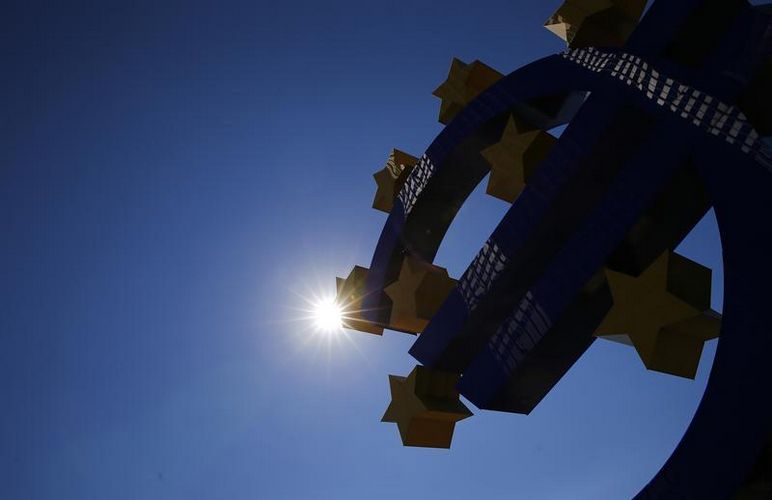
Divyang Shah
IFR Senior Strategist
When economies stop contracting, attention turns to the structure and sustainability of this growth and whether it is strong enough to reach ‘escape velocity’.
For the eurozone, the picture is still one of a recovery that is lacking momentum and very fragile due to the uneven nature of growth. Growth of 0.1% is expected from the eurozone when Q3 GDP figures are released at 1000 GMT.
The star pupil remains Germany, even if growth slowed to 0.3% in Q3 after 0.7% in Q2. In France, the eurozone’s number two economy, growth shrank by 0.1% in Q3 after +0.5% in Q2.
After a downgrade by S&P last week and a fresh warning from the OECD over competitiveness, the growth challenges in France are expected to remain. The lack of a negative effect from the peripherals, where Italy and Spain have showed signs of no longer contracting at a deep pace, is also helping to lift eurozone growth.
The recovery in the eurozone remains uneven, and it is early days to even talk about growth reaching escape velocity. With fiscal austerity still the chosen political route, the only real avenue for stimulus remains the ECB, but even here more radical solutions such as QE are only just starting to be discussed and only by a small minority.
The ECB should look to think beyond another VLTRO and negative deposit rate and start to buy eurozone government debt outright based on each country’s share of capital at the ECB. The high risk of low inflation morphing into a deflation scenario should be sufficient for an early adoption of QE, at least from a risk management perspective.
